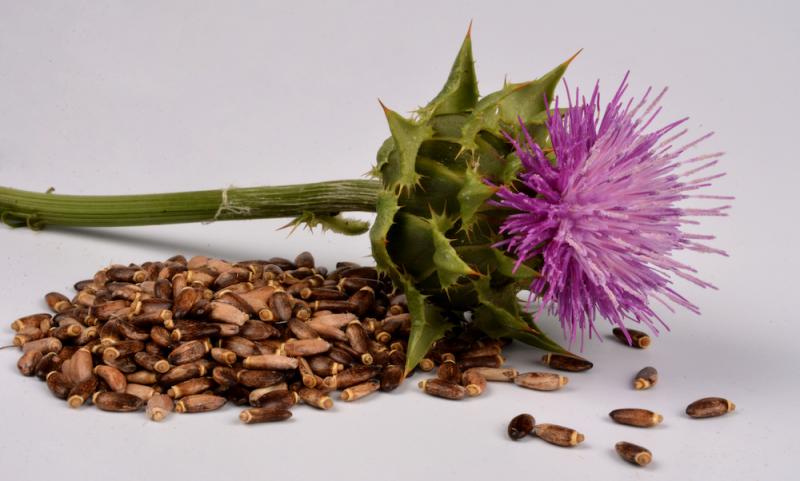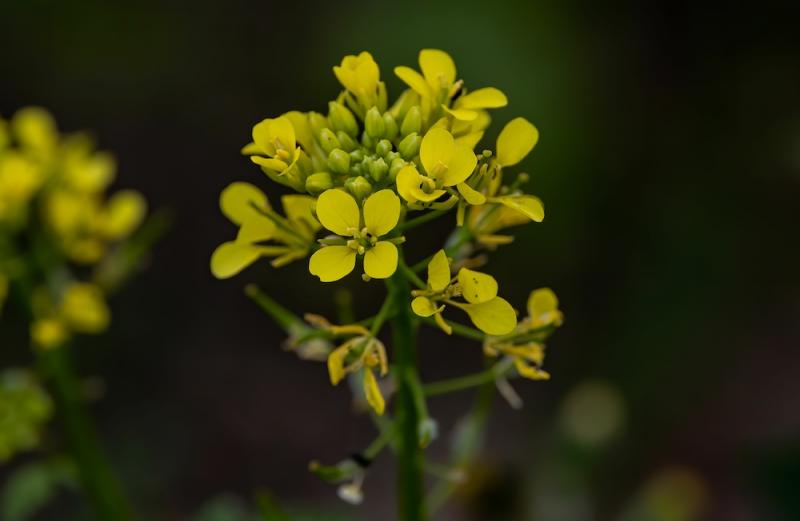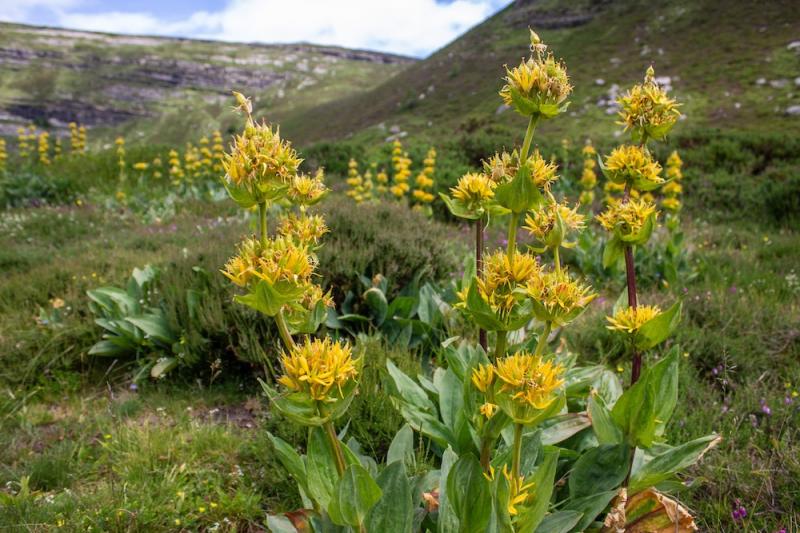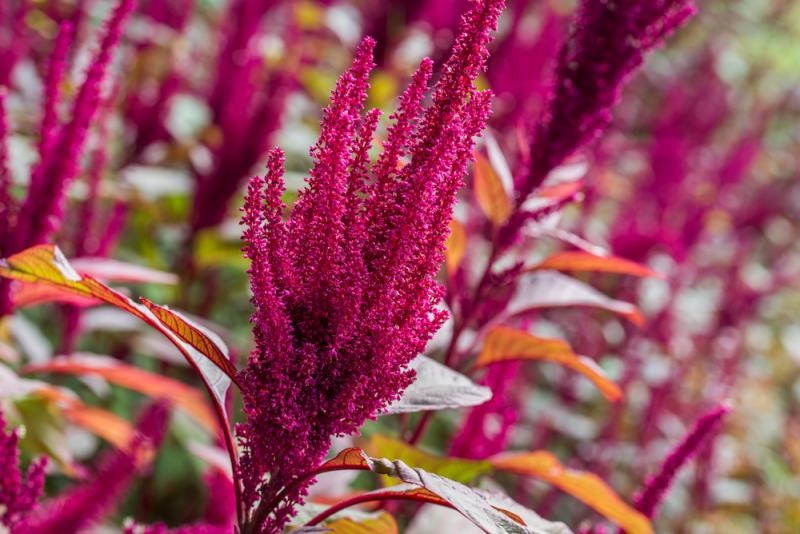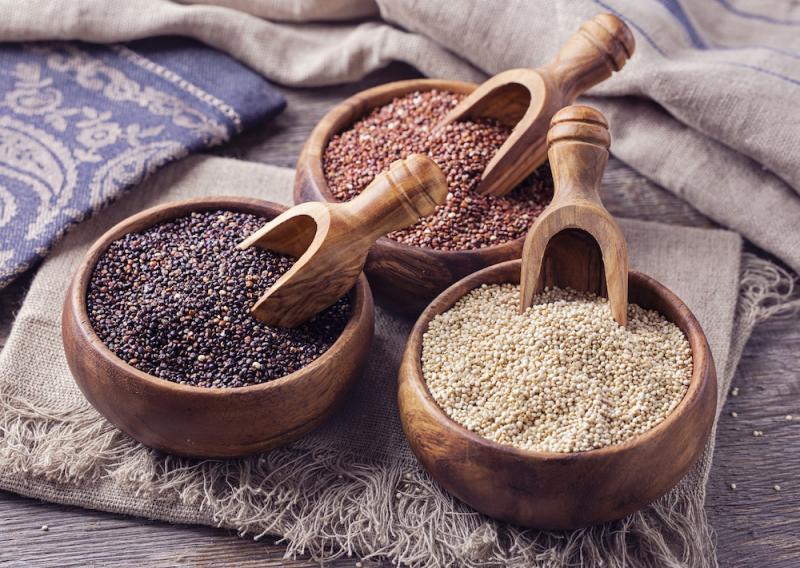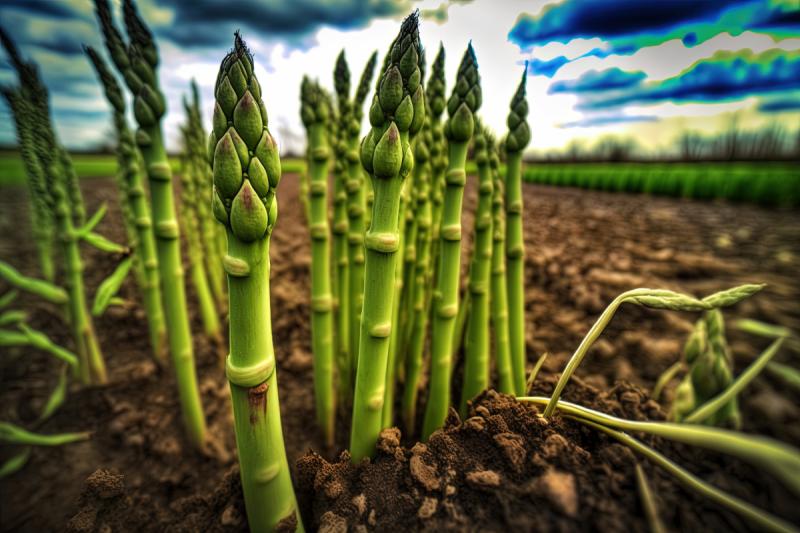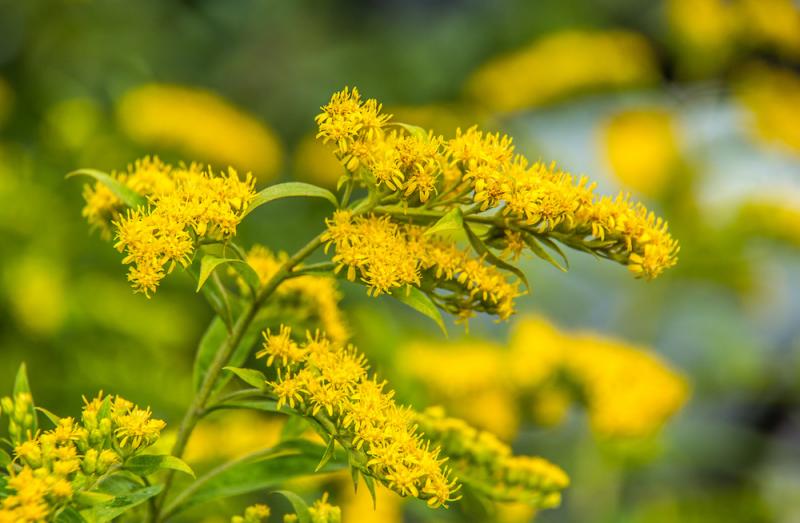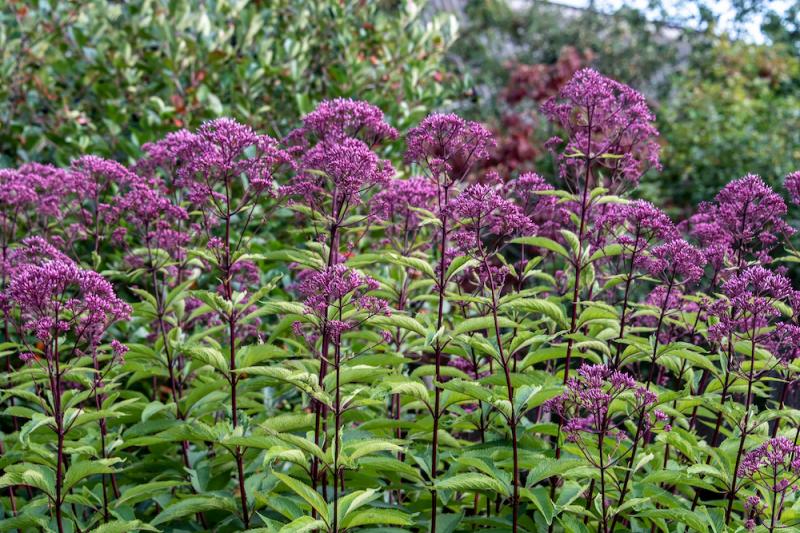- May 2, 2023
Milk Thistle
Milk thistle is a wonderful herb for protecting the liver from toxic chemicals such as alcohol, tetracycline, acetaminophen, thallium, erythromycin, amitriptyline, and carbon tetrachloride. It is also helpful for headaches, skin problems, and brain fog brought on by moderate liver disfunction. It can also help digest fats and lower cholesterol.
- April 21, 2023
Wild Spring Mustards
Each spring, I see numerous members of the mustard family (Brassicaceae) present themselves as some of the first herbs of spring. Once you know how to recognize them, you’ll probably notice a lot of them. To start with, I think it is interesting to talk about about the energetics of the mustard family and its relationship to the mineral sulfur. Sulfur and the Mustard Family Sulfur is a bright yellow mineral and it is the third most abundant mineral in the human body. It is also the fourth most…
- April 17, 2023
Gentian: A Classic Simple Bitter
Gentian is a simple bitter that can help you strengthen your digestion and help you persevere through life's bitter experiences.
- April 11, 2023
The Health-Building Properties of Amaranth
Closely related to the goosefoots, amaranth, is useful for food, medicine, and emotional healing. It can be eaten as a green vegetable or the seeds can be harvested. It can be used medicinally as a digestive tonic and more.
- April 4, 2023
The Goosefoot Tribe
The goosefoot tribe of herbs includes quinoa, lamb's quarter and epazote. These medicinal and edible plants are often considered weeds and go under-appreciated in modern times.
- March 26, 2023
Asparagus and Shatavari
Every spring I welcome the appearance of asparagus in the grocery store. I love this vegetable and think of it as a spring tonic. Asparagus is one of the vegetables that blurs the line between food and medicine because it’s not only tasty and nourishing food. It also has healing properties. Asparagus and the Urinary System Asparagus is a tonic for the kidneys. The vegetable itself helps to strengthen the kidneys and flush acid waste from the system, but it’s the root that is more medicinal.…
- March 21, 2023
Goldenrod: The Liberty Tea
An important tonic for the kidneys, goldenrod helps to strengthen and improve urinary function. It can also help relieve the running nose and red, itchy eyes that come with allergies. As a tea it can help overcome colds, flu and sore throats.
- March 14, 2023
Gravel Root
This valuable herbal remedy can help with kidney stones, calcium deposits, urinary ailments, broken bones, and kidney problems in diabetics and more.

